2019-03-17
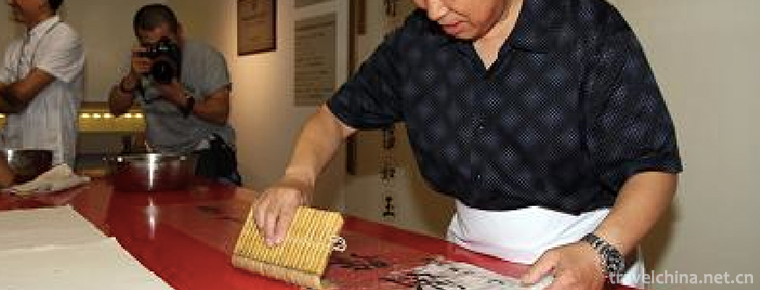
- By ChinaWiki.net
- Chinese Edition
- 2019-08-10
Mounting and repairing techniques
The mounting and repairing technique of ancient Chinese characters and paintings is a kind of traditional Chinese handicraft. It is used for restoration and restoration of ancient calligraphy and painting treasures. Many paintings and calligraphy works of the past years have been damaged and broken because of improper preservation, falling off empty shells, or being damp and mouldy due to improper preservation. Most of these damages can be repaired, thus prolonging the life of the calligraphy and painting. This skill belongs to one of the national intangible cultural heritages.
brief introduction
In 2008, the mounting and repairing techniques of ancient calligraphy and paintings were included in 919_-136 items of the Second National List of Intangible Cultural Heritage.
One of the key problems for Chinese painting and calligraphy to be handed down from generation to generation is mounting and repairing. In the process of handing down ancient calligraphy and painting, due to poor collection and preservation, damp and mouldy, dirty, wormy bites, and natural aging of silk and paper will cause holes, decay and fracture in calligraphy and painting. If not repaired in time, it will affect the life and artistic value of ancient calligraphy and painting, and will rot and destroy once, However, the general collectors buy old calligraphy and painting, do not understand the importance of restoring old calligraphy and painting, we should know that ancient calligraphy and painting is a non-renewable work of art, if the restoration is not good, it will greatly discount, and even cause more serious damage to old calligraphy and painting, endanger the life of ancient calligraphy and painting, also weaken the art of ancient calligraphy and painting should have. Value. Today in museums, galleries, auctions and folk collectors, we can see that the ancient paintings and calligraphy of decades and centuries ago are masterpieces repaired and mounted by restorers.
The repair technology of ancient books is also called the binding repair technology of ancient books. Its history is closely related to the development history of books. Repairing damaged old books is a special skill. In order to do binding repair work, we should not only be familiar with the forms and editions of books of different dynasties, but also understand the paper, cover and binding style of each dynasty, and also have skilled skills. Repairing an ancient book often goes through more than a dozen processes, one trick and one style is extremely sophisticated, and the requirements for the personnel engaged in binding and repairing are almost harsh.
Origin
The art of painting and calligraphy mounting has a history of more than 2000 years, from the origin of silk painting in the Warring States Period and silk mural to the basic formation of silk painting axis in the Western Han Dynasty. From the archaeological data, the "Dragon Silk Painting of the Character" unearthed from the Chu Tomb of Hunan Warring States in 1973 provides valuable material for the study of the origin of painting and calligraphy mounting. Its "top horizontal edge is wrapped with a very thin bamboo strip, tied with brown silk rope." Later, on the silk paintings unearthed from No. 1 Han Tomb in Mawangdui, Changsha, it was further found that "a bamboo pole was wrapped around the top of the D-shaped silk paintings, tied with brown ribbons, and two lower corners of the middle and lower parts were all decorated with cylindrical ribbons made of fine linen thread." The above information can push the history of Chinese painting and calligraphy mounting to the Warring States Period more than 2000 years ago.
In the process of handing down ancient calligraphy and paintings, due to poor collection and preservation, dampness and mildew, stains, worms and rats bite, and natural aging of silk and paper will cause holes, decay and fracture in calligraphy and paintings. If not repaired in time, it will affect the life and artistic value of ancient calligraphy and paintings, which will rot and destroy once; However, the general collectors buy old calligraphy and painting, do not understand the importance of restoring old calligraphy and painting; we should know that ancient calligraphy and painting is a non-renewable work of art, if not restored well, it will greatly discount, and even cause more serious damage to old calligraphy and painting; endanger the life of ancient calligraphy and painting, but also weaken the art of ancient calligraphy and painting should have. Value. Today, in museums, art galleries, auctions and folk collectors can see decades, hundreds of years ago, the ancient paintings and calligraphy are repaired by restorers and mounted masterpieces. It can be seen how important the restoration of ancient paintings and calligraphy is to preserve cultural relics. Rehabilitation of ancient calligraphy and painting is a painstaking and delicate work with high difficulty, as well as a complex restoration technique.
Screens were prevalent in Qin and Han Dynasties. Screens were mounted to reinforce and protect them. Later, because of the need to preserve the paintings and calligraphy removed from the old screen, they developed into mounted paintings in a real sense. Hence, mounted paintings appeared in the Han Dynasty. Painting and calligraphy are mounted for protection and beauty. For emperors, they are mounted to show their dignity. In the pre-Qin Dynasty, there was a saying that "being the master, not beautiful or decorative, not enough for the people" (Xunzi Fuguo).
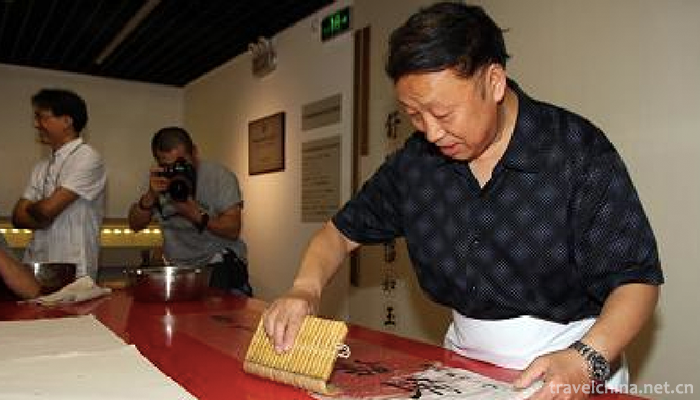
Ask a Question
Your email address will not be published.
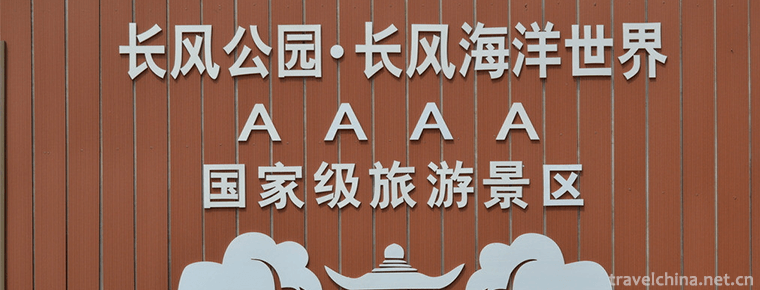
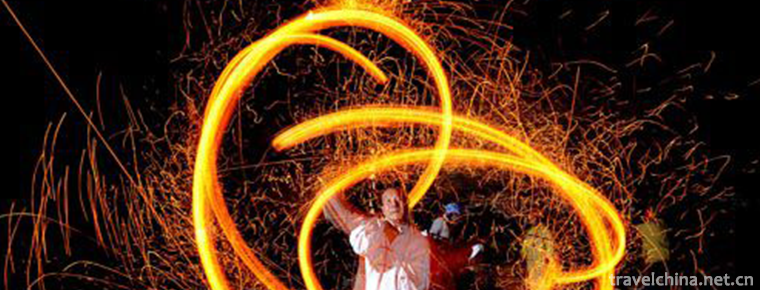
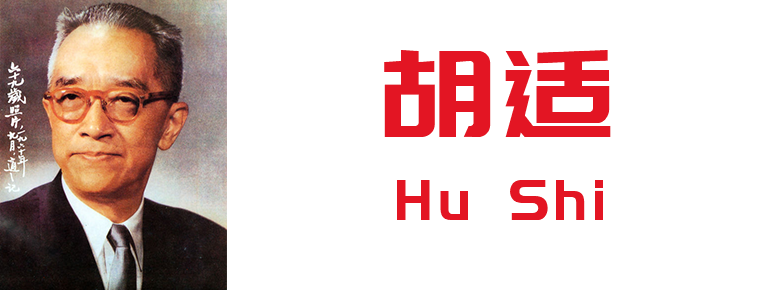
0 Questions